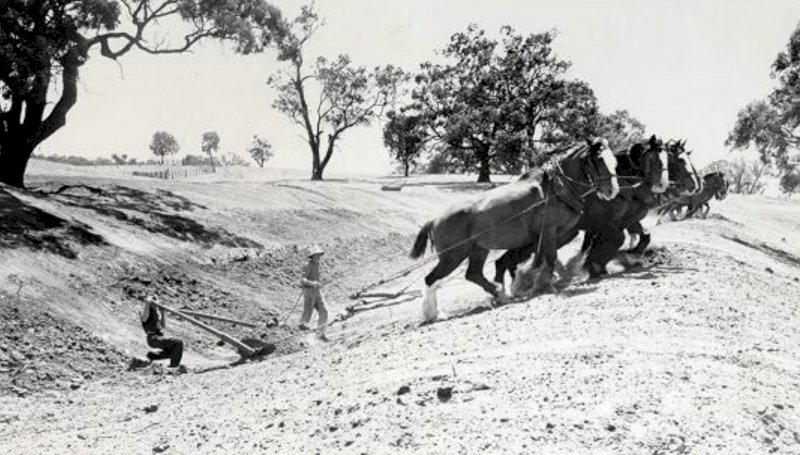And the winner is....
- By: "Farm Tender" News
- Farm Tender, DelayPay & Farm Inputs
- Sep 10, 2022
- 542 views
- Share

Extracted from the Farm Tender weekly Newsletter - Sign up and get the email every Wednesday morning before 5 am. www.farmtender.com.au
By Dwain Duxson
We have been witnessing the fight for acres for years, and I feel the competition is over for now.
And the winner is.... Cropping. Cropping has gained more acres at the expense of Grazing over the last 20 or 30 years.
Every acre that can be Cropped will be Cropped.
But it's not as dramatic as that. Many areas combine Livestock and Cropping (mixed Farming), and Cropping is only a tool in the rotation. And the Pastoral areas are increasing efficiencies in the Livestock enterprises they undertake.
We travelled through Victoria's Wimmera and Mallee regions over the weekend, so let's use these areas as case studies. From my driver's side window, pretty much every arable acre from St Arnaud, to Warracknabeal to Mildura is under a Crop of some type. And a side note, they all look fantastic.
So over the decades, the Wimmera Mallee Farms has transformed from mixed Livestock/Cropping operations to intensive Cropping operations. Some Farms now don't have any fences.
The art of conserving moisture, amongst other reasons, has allowed this to happen, especially in the dry Mallee areas. Now, through technology and techniques, better Crops can be grown on less rainfall. A drought can be more like a break-even scenario rather than a complete wipeout.
It's an interesting transformation because the Stock and Domestic Channel system was originally built so that Farmers could water Livestock. Why did they need Channels? Because the self-mulching Wimmera soils and the Mallee sands struggle to catch water. The water generally soaks into the soil. Therefore no matter where you put a dam, it would always struggle to catch water. Many of the areas are flat too.
So to ensure all-year-round water, they had to build a Channel system that transferred water from either the Grampian's storages or the Murray River. It was a significant infrastructure undertaking at the time and still would be now. Surveyors had to get it right, and then the building of the Channels was done by Horse and Scoop.
And to add to that, the whole system was very inefficient. They didn't run the Channels all year round, and when it came time to release the water into a dry Channel bed, something like 80 to 90 percent of the water was lost through seepage.
The second major infrastructure project took place when they replaced all the Channels with pipelines. This was supposed to transform the Wimmera Mallee into a highly intensive Agriculture area on the back of a cheapish and reliable water supply, directly to any location. That hasn't happened in a big way yet, and maybe that's still to come.
Some would ask, why didn't they irrigate? Because the water wasn't plentiful enough from the Grampian's storages, the area was vast, and the soil types weren't conducive to irrigation.
As we mentioned above, most Farmers in these areas went out of Livestock and into wall-to-wall Cropping. So the twice-built Channel then Pipeline system is now not used for what it was initially designed to be used for, watering Livestock.
Don't get me wrong, it's still a huge asset and is used to fill recreational Lakes, Farmers use the water for Spraying, Towns and Cities have better quality water, and gardens and ovals are better. And one day, we might see more intensive Livestock industries (Feedlots, Piggeries, Dairies, Chickens) being set up in the area. Don't get me wrong, there are enterprising Farmers that have set up such operations as a diversification tool but also a value add to their Grain operations.
It's a fascinating case study, and I know there would be many people out there that could recite the history in more detail and accuracy.
Many other Farming areas around Australia have seen similar transformations (albeit with different enterprises). And in these areas, like the Wimmera Mallee, they will constantly keep changing.
Have a great week Farming.
End of message.










Share Ag News Via